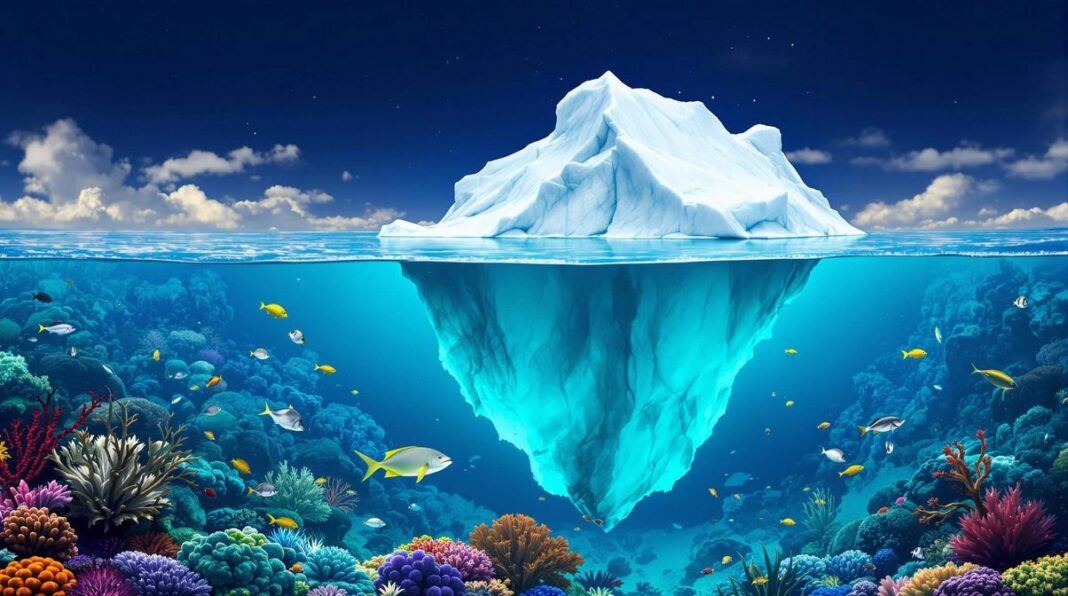A massive iceberg breaking off from Antarctica’s George VI Ice Shelf on January 13 has revealed a previously unknown thriving ecosystem beneath, featuring diverse marine life including corals, sponges, and possibly new species.
The iceberg, designated A-84, spans approximately 209 square miles, comparable to the size of Chicago. The break presented scientists with an unprecedented opportunity to explore the previously inaccessible seafloor.
“We were really surprised and amazed by the diverse ecosystems and the rich ecosystems we found down there,” said Patricia Esquete, expedition co-chief scientist.
The discovery of the hidden ecosystem came after researchers aboard the Schmidt Ocean Institute’s R/V Falkor diverted their course to investigate the newly exposed area. Using a remotely operated vehicle named SuBastian, scientists explored depths up to 1,300 meters, marking the first time such technology has been used to explore beneath an ice shelf.
“This occurrence of witnessing the iceberg calving from the ice shelf provided an exceptional scientific chance,” said Dr. Jyotika Virmani, Executive Director of the Schmidt Ocean Institute. “Unexpected moments like these are part of the thrill of marine research – they allow us to be among the first to observe the pristine wonders of our planet.”
The underwater exploration revealed centuries-old sponges and cup corals, suggesting these communities have persisted for extended periods despite extreme conditions. Scientists believe deep-sea currents or meltwater might supply the nutrients sustaining this ecosystem.
“At a time when the West Antarctic Ice Sheet is melting at an alarming rate, understanding these dynamics and their impacts is particularly crucial,” noted Svetlana Radionovskaya.
The research team plans to continue monitoring the ecosystem’s evolution, particularly focusing on how it adapts to environmental changes. Their findings could provide valuable insights into marine life’s resilience in extreme conditions and the broader impacts of climate change on Antarctic ecosystems.


